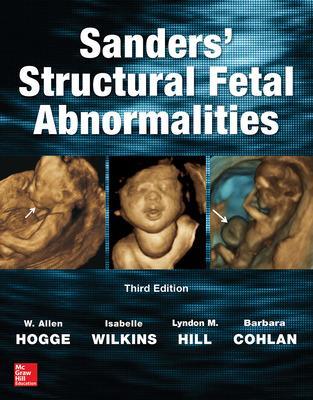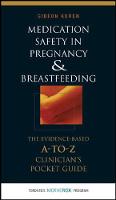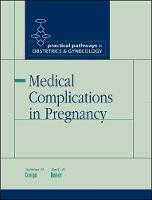Neonatology: Management, Procedures, On-Call Problems, Diseases, and Drugs, Sixth Edition
 portes grátis
portes grátis
Neonatology: Management, Procedures, On-Call Problems, Diseases, and Drugs, Sixth Edition
Gomella, Tricia Lacy (JOHNS HOPKINS SCH OF MED); Eyal, Fabien G. (JOHNS HOPKINS SCH OF MED); Cunningham, M. Douglas
McGraw-Hill Education - Europe
07/2009
912
Mole
Inglês
9780071544313
0071544313
Pré-lançamento - envio 15 a 20 dias após a sua edição
883










